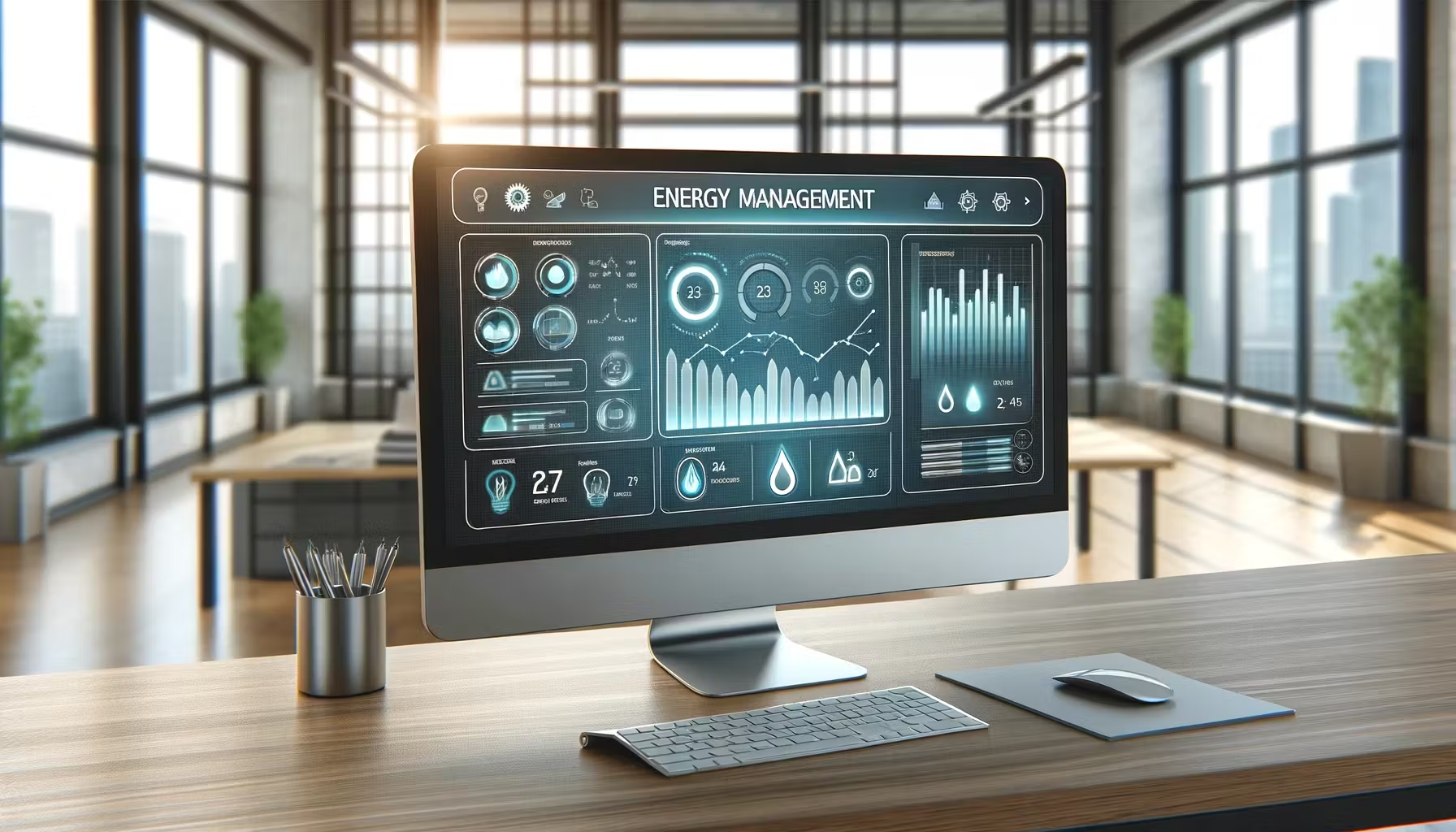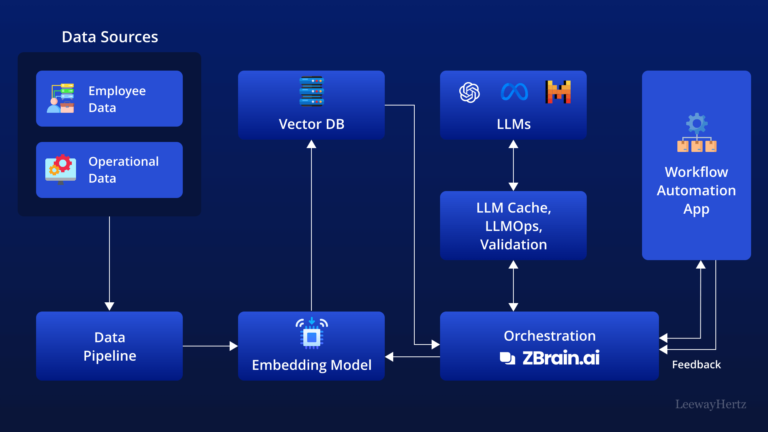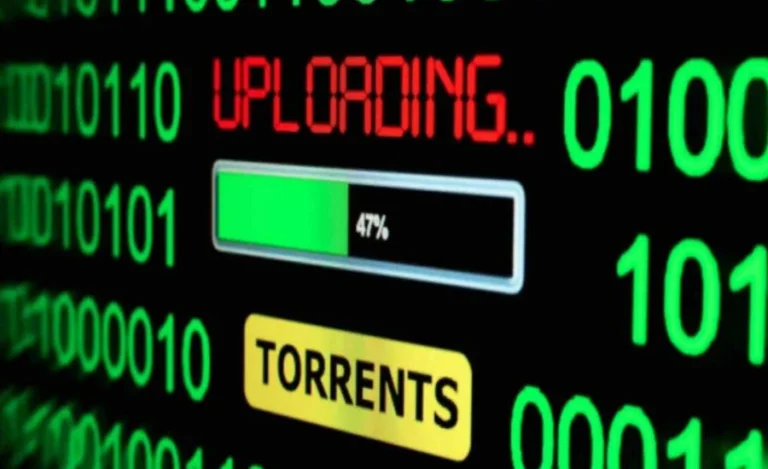How Commercial Energy Management Solutions Can Lower Your Business Costs
Introduction to Commercial Energy Management Solutions
In today’s competitive business environment, where margins can continuously fluctuate, finding robust strategies to reduce operational costs is crucial for maintaining profitability. Implementing commercial energy management solutions has emerged as one of the most effective strategies for businesses aiming to minimize energy consumption and reduce costs. These advanced solutions employ sophisticated technologies to provide actionable insights into energy utilization, allowing businesses to optimize their consumption patterns significantly.
The scope of commercial energy management extends beyond mere cost-cutting. It is about crafting a sustainable strategy that reduces expenses, enhances operational efficiency, and contributes to environmental preservation. Adopting energy management solutions is now required for long-term survival in a time when sustainability is turning becoming a business priority. These solutions offer businesses holistic control over their energy consumption, empowering them to align their operational strategies with broader environmental and financial goals.
Understanding Cost Reduction through EMS
Energy Management Systems (EMS) are designed to streamline the energy consumption processes within an organization through real-time monitoring, data-driven analysis, and actionable insights. By implementing EMS, businesses can significantly reduce energy costs while enhancing operational efficiency and productivity. These systems harness the power of real-time data to pinpoint inefficiencies and recommend optimization strategies, which can be tailored to the specific needs of the business.
One of EMS’s principal benefits is its ability to provide detailed insights into energy usage patterns, enabling businesses to make informed, data-driven decisions. By analyzing these patterns, organizations can identify peak usage periods and strategically adjust their operations to take advantage of off-peak hours, reducing energy expenditure. This ability to optimize energy use is instrumental in cutting costs and fostering an organizational culture of sustainability and environmental responsibility. Moreover, EMS fosters a deeper understanding of energy usage across various operational contexts, helping businesses achieve long-term sustainability goals.
Key Components of EMS
The effectiveness of EMS largely depends on its core components, which include sensors, advanced analytics tools, and intuitive user interfaces. Sensors are integral to the system’s ability to capture real-time data on energy usage throughout the facility. This data is then processed and interpreted by sophisticated analytics tools, which identify inefficiencies and propose opportunities for optimization. The user-friendly interfaces allow energy managers to visualize this data easily, making it straightforward to implement strategic changes to enhance efficiency.
A notable feature of modern EMS is the integration of predictive maintenance capabilities. By leveraging predictive analytics, EMS can provide insights into potential equipment failures before they occur, allowing businesses to schedule maintenance proactively. This functionality reduces downtime, improves operational efficiency, and extends the lifespan of critical machinery. Incorporating these predictive tools into the energy management landscape represents a significant advancement in the proactive maintenance paradigm, effectively transforming how businesses manage their energy resources.
Benefits of EMS for Businesses
Implementing an EMS offers a multitude of benefits beyond reducing energy expenses. With a robust EMS in place, businesses can achieve improved levels of energy efficiency, reduced carbon emissions, and enhanced compliance with regulations. In fact, a study conducted by Energy.gov found that companies utilizing EMS have reported significant improvements in energy performance and advancements in sustainability metrics, which are crucial for long-term environmental goals.
Another major advantage of using EMS is the ability to streamline and optimize operations by minimizing energy waste. By gaining comprehensive insights into energy utilization, businesses can fine-tune their processes to enhance resource efficiency, reducing costs and environmental footprints. This improved operational efficiency can also lead to greater competitiveness in the marketplace, as businesses that efficiently manage their energy resources can often deliver products and services more effectively and at lower cost than their less efficient counterparts. Additionally, EMS helps companies to build a reputation as environmentally responsible entities, growing their brand value and customer loyalty.
Technological Innovations in EMS
Recent technological advancements, particularly in IoT and AI, have significantly transformed the landscape of energy management systems. Integrating IoT devices within EMS allows for fine-grained energy use monitoring, capturing detailed data points that facilitate more precise management. Similarly, AI provides powerful predictive insights and optimization recommendations, ensuring businesses are at the forefront of effective energy management.
Moreover, these innovations pave the way for integrating renewable energy into EMS strategies. By leveraging renewable resources like solar and wind energy, businesses can cut costs and reduce dependence on traditional energy grids. The convergence of these technologies presents a multifaceted opportunity to radically change how businesses approach energy management, driving them towards greater sustainability and economic efficiency. This technological synergy is expected to be crucial in facilitating the transition towards more eco-friendly business practices.
Future Trends in Energy Management
As the technology behind energy management systems continues to evolve, several emerging trends are poised to shape the future landscape. For example, the rise of decentralized energy systems allows businesses to harness localized energy sources such as on-site solar installations and wind turbines. This trend towards decentralization is expected to gain momentum as businesses increasingly seek greater independence from traditional energy grids and aim to improve their resilience against market fluctuations.
Another significant development is the integration of smart grid technology with EMS. Smart grids enable real-time energy distribution based on demand, allowing for optimized energy utilization and cost reductions. This synergy creates an environment where businesses can react dynamically to energy demands, aligning their consumption patterns with the availability of renewable resources. As these technologies continue to converge, businesses that adopt EMS will be well-positioned to capitalize on these new trends, driving further progress towards a more sustainable and efficient energy future.
Conclusion: Making the Transition
Transitioning to commercial energy management solutions represents a strategic decision with far-reaching benefits regarding cost savings, efficiency, and sustainability. EMS provides a comprehensive pathway to achieving these objectives as businesses navigate the increasing pressures to reduce costs and minimize their environmental impacts. By integrating cutting-edge technologies and optimizing energy utilization, businesses can unlock new efficiencies that foster greater profitability and competitiveness.
The current landscape and future trends underscore organizations’ need to embrace EMS swiftly. Moving towards these solutions aligns business operations with contemporary best practices in energy management and positions them favorably in an increasingly eco-conscious market. Given the rising demand for energy efficiency, businesses adopting proactive strategies such as EMS will be at the forefront of innovation, driving sustainable change and setting new benchmarks for industry standards. As such, the decision to implement EMS is not just about economic consideration—it’s about charting a course for a viable, sustainable future.






